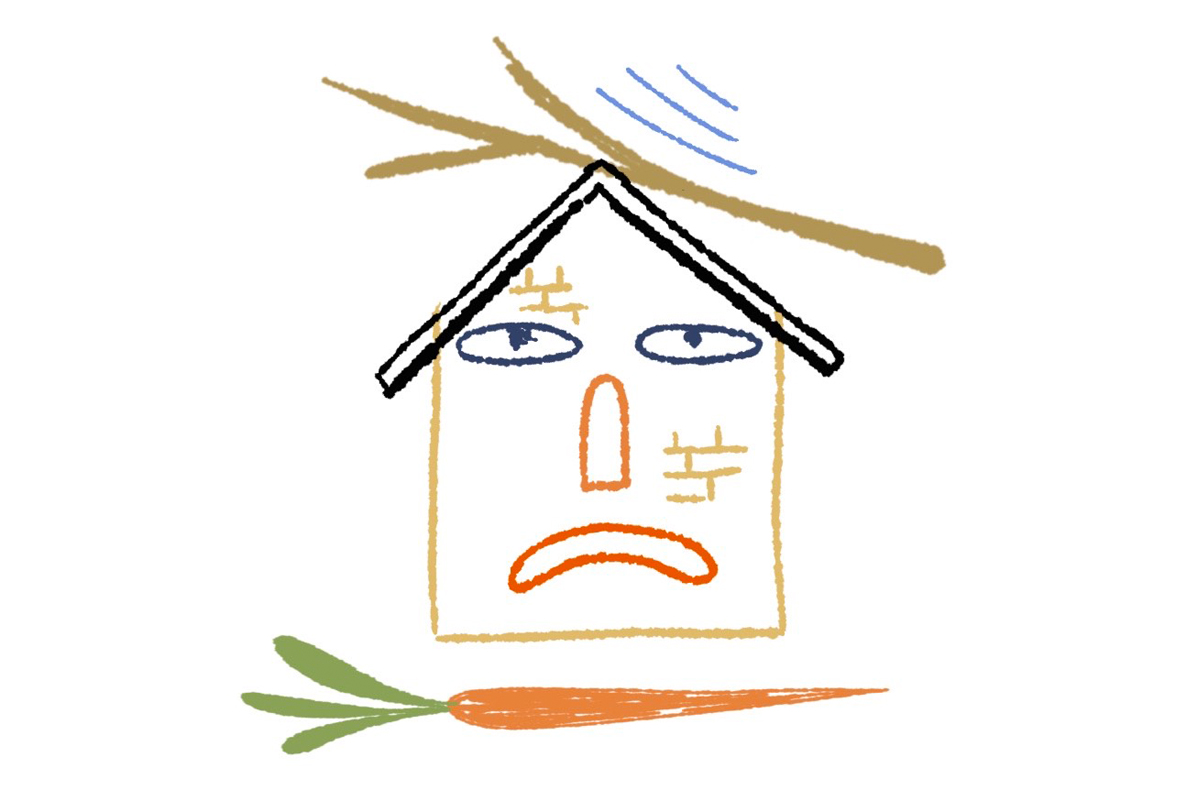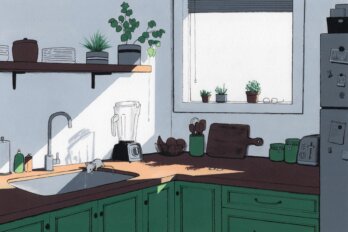
POLITICS / NOVEMBER 2024
Would the Conservatives Really Make Housing Affordable?
Poilievre’s plan wouldn’t drive down prices anytime soon
BY LAUREN HEUSER
ILLUSTRATION BY JAMIE BENNETT
Published 7:43, SEP. 18, 2024
In late 2023, Pierre Poilievre released a widely circulated mini documentary, titled Housing Hell: How We Got Here and How We Get Out, that highlighted the extent to which home and rental prices had increased in the years since Justin Trudeau came to power.
His criticisms are not without foundation. Housing affordability has deteriorated sharply between 2015, when the Trudeau Liberals were first elected, and today. In October 2015, the average home price in Canada was $453,000; in June 2024, it was $697,000. Average rents also climbed steadily from 2015 to 2020 and then sharply both during and after the pandemic.
Poilievre’s criticisms also seem to be landing on a receptive audience. In a June 2024 poll, 47 percent of respondents identified housing affordability as a key concern, second only to the almost indistinguishable issue of a rising cost of living.
But the question is: What would a Poilievre government do about it? Broadly speaking, there are two levers his government—any government—can pull: supply-side levers and demand-side ones.
Many experts agree that, in Canada and other Western economies, supply-side barriers such as municipal zoning laws are at the heart of the problem. They also credit Poilievre with drawing attention to these barriers.
“I think Poilievre is recognized internationally, at least in the Commonwealth countries, for speaking about and identifying the supply-side constraints,” says Chris Spoke, a housing advocate and partner at the Toronto real estate development firm Toronto Standard.
The Conservatives have “been absolutely right in specifying the extent to which many municipal governments act as gatekeepers,” agrees Benjamin Dachis, an economist who has written extensively on housing policy.
Dachis points to development charges and land-use restrictions that inhibit vertical or horizontal growth as key ways municipalities discourage new builds. Some of these restrictions were originally well intentioned, aiming to keep “noxious factories” separate from residences, Spoke says. But these rules now primarily serve the interests of residents who “want to keep their areas looking a certain way,” he says. In a word, NIMBYism.
Today, the Liberals and Conservatives might agree on the need to address these supply-side barriers. Where they differ is in their approach.
“It’s a carrot-versus-stick thing,” says Spoke. The Liberals have introduced a “big carrot” with their Housing Accelerator Fund, he says. This $4 billion fund supports municipalities that grow housing supply faster than their historical average, increase densification, speed up approval times, tackle NIMBYism, and more.
The Conservatives, by contrast, have proposed more of a “stick approach,” Spoke says. The party’s housing bill, which was defeated in a parliamentary vote in May this year, offers some clues as to the likely shape of this approach. The bill would have withheld federal infrastructure funding from “high-cost cities” that failed to meet housing targets, and it would have rewarded, with bonuses, cities that exceeded targets.
Dachis says the Conservatives’ “focus on outcomes and paying for performance is exactly right.” Since local governments and provinces are responsible for limiting supply, any federal response needs to be focused on getting them to change their ways.
The other—more controversial—lever the Conservatives could pull would be to reduce demand for housing by reducing immigration, which has soared under the Trudeau government. In 2023, Canada’s population grew by 3.2 percent, the highest annual population growth rate since 1957. According to Statistics Canada, more than 470,000 permanent immigrants and nearly 800,000 non-permanent immigrants came to Canada in that year.
While the Liberals have conceded that high immigration contributes to housing unaffordability, they have been slow to act on their pledge to scale back the number of immigrants they admit. It remains to be seen whether the Conservatives would take a materially different approach.
Poilievre said at a news conference in January that he would ensure alignment between how many immigrants Canada admits and how many homes it builds. If he is serious about this assertion, it would suggest a Conservative government would be prepared to reduce immigration if cities were not meeting housing creation goals. And, unfortunately, the likelihood of cities not meeting their current housing targets is high.
“We’re not seeing anywhere near the level of action needed to reverse the trend,” says Spoke.
The notion advanced by political parties “that we can build our way out of the housing crisis” is not realistic, says Sasha Tsenkova, a professor of planning at the University of Calgary. Canada is estimated to need an additional 3.5 million homes by 2030 to restore affordability. Even if we double levels of production, we won’t get there, Tsenkova says. “It’s mission impossible.”
The implications are twofold. One is that a Poilievre government may then decide it does need to curtail immigration—at least more than the Liberals have done. Another is that most Canadians should not expect rents or home prices to drop significantly anytime soon.
Spoke doesn’t anticipate a return, in the near term, to the level of affordability we saw ten years ago—“or maybe ever.”




